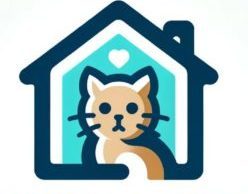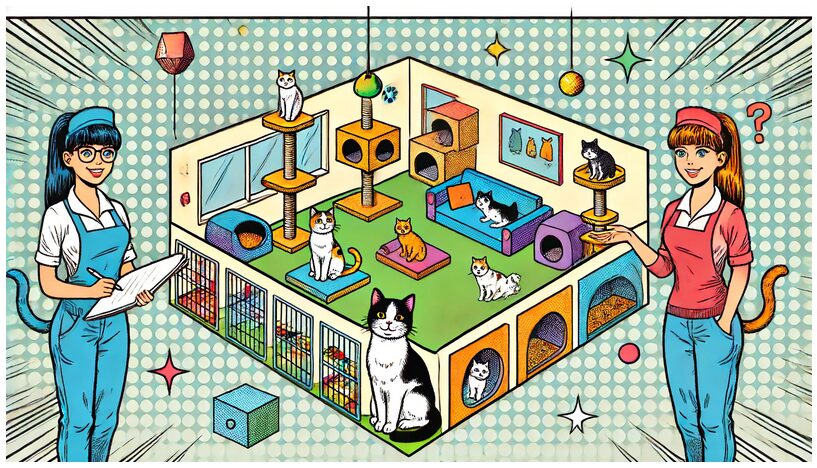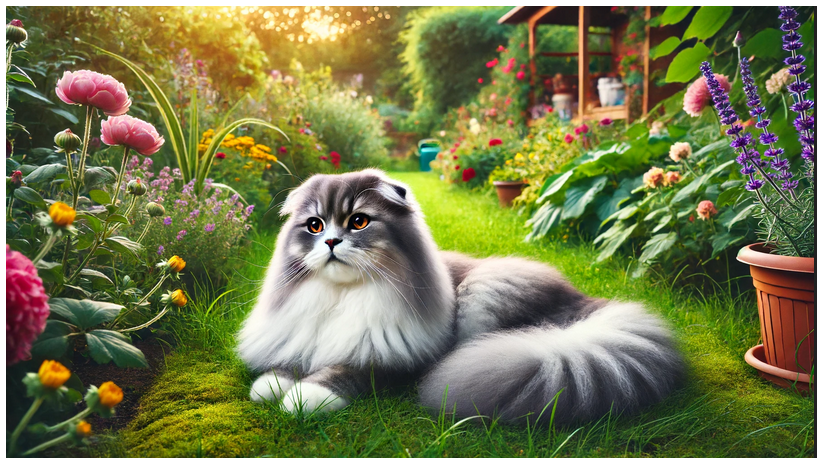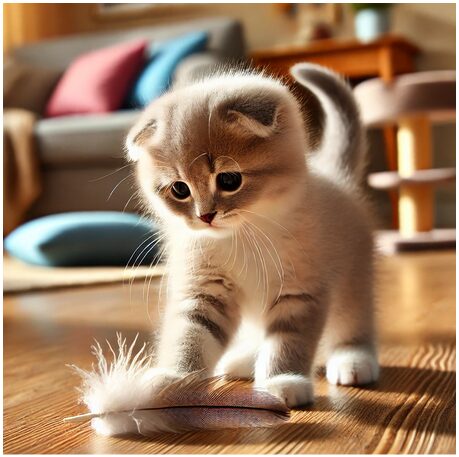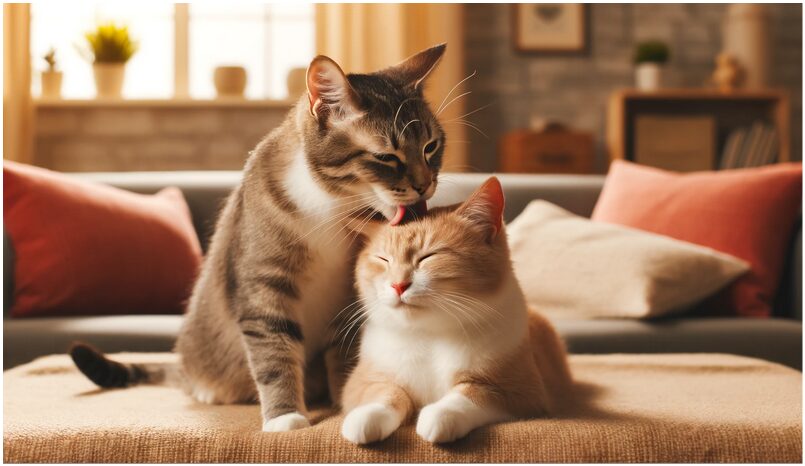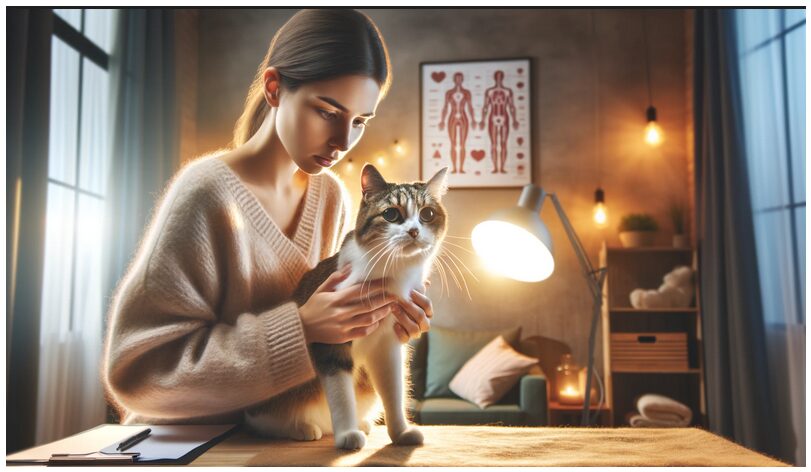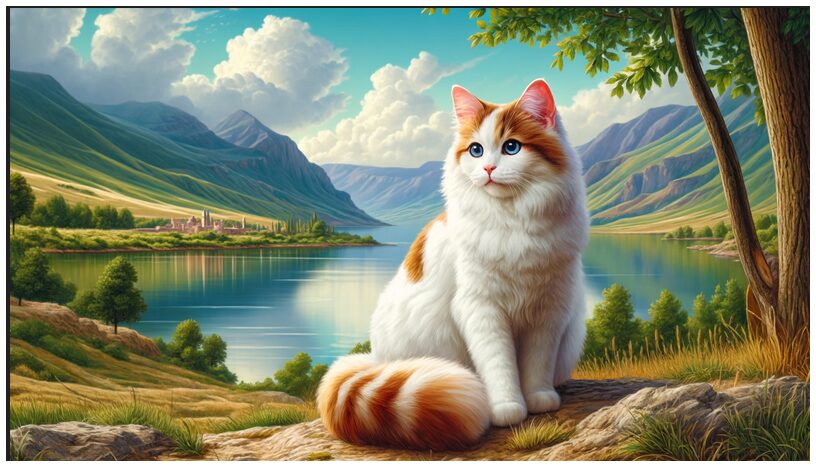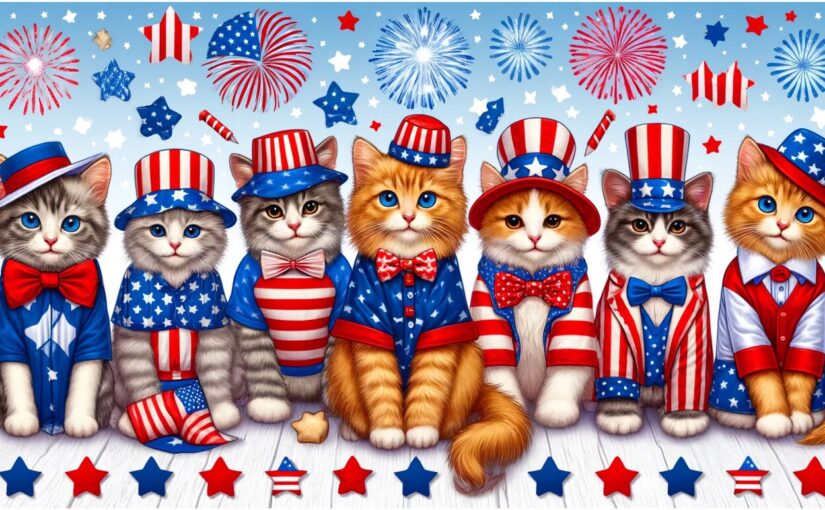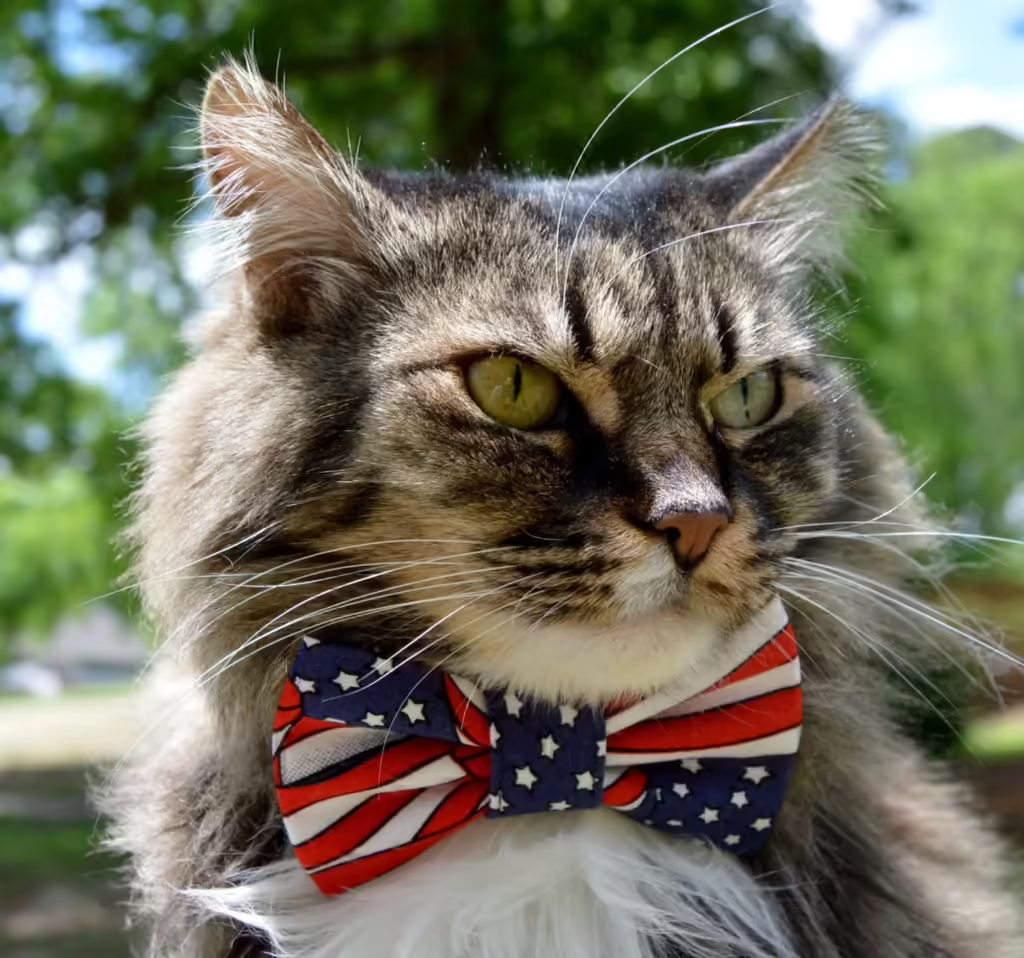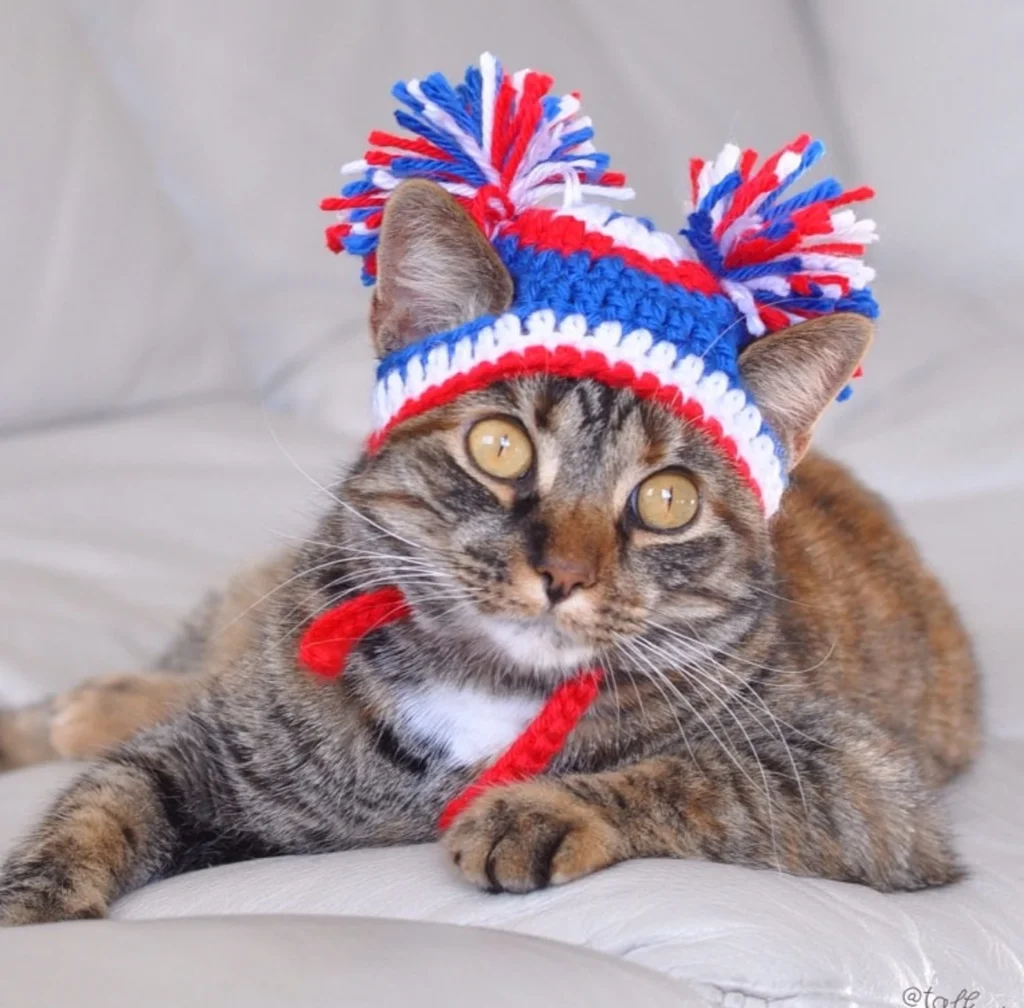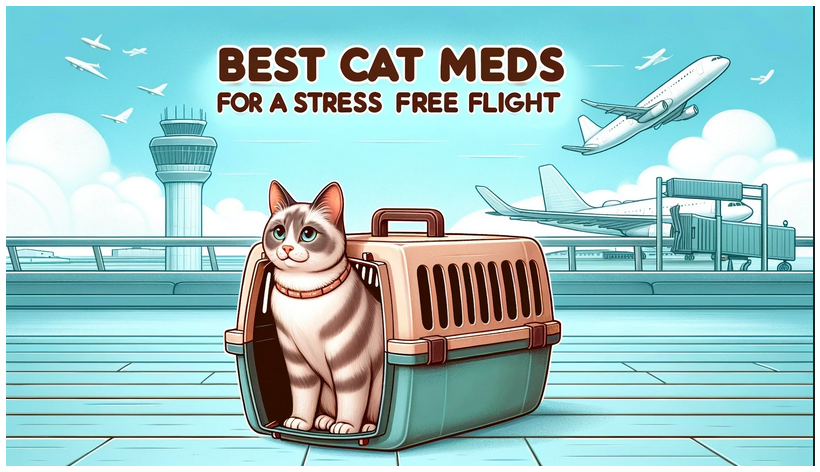Adopting a cat can be a life-changing experience, both for you and for the cat. Whether you’re looking to provide a forever home to a kitten or an older cat, there are several avenues to explore. In this guide, we’ll compare cat adoption from shelters, re-homing agencies, and pedigree cat rescue organizations, helping you make an informed decision that best suits your needs and preferences.
Cat Adoption From Shelters

Overview
Cat shelters, also known as animal shelters or humane societies, are facilities that house cats in need of a home. These shelters often take in stray, abandoned, or surrendered cats and provide them with food, medical care, and a temporary place to live until they can be adopted.
Advantages
- Variety: Shelters typically have a wide variety of cats, including different ages, breeds, and personalities.
- Affordability: Adoption fees at shelters are usually lower and often include vaccinations, spaying/neutering, and microchipping.
- Support: Shelters often provide resources and support for new pet owners, including guidance on care and behavior.
Examples
- ASPCA (American Society for the Prevention of Cruelty to Animals): A well-known organization with shelters across the United States.
- Best Friends Animal Society: Operates the largest no-kill sanctuary for companion animals and has adoption centers nationwide.
- Local Humane Societies: Many communities have local humane societies that provide shelter and adoption services.
Considerations
- Overcrowding: Some shelters may be overcrowded, which can affect the care and attention each animal receives.
- Behavioral Issues: Some cats may have behavioral issues due to their past experiences, requiring patience and understanding.
Adoption Through Re-homing Agencies
Overview
Re-homing agencies specialize in finding new homes for cats that can no longer stay with their current owners. These agencies act as intermediaries, helping to match cats with suitable adopters.
Advantages
- Detailed Background: Re-homing agencies often have more detailed information about the cat’s history, behavior, and health.
- Smooth Transition: The transition can be smoother as the cat may come from a home environment rather than a shelter.
- Personalized Matching: These agencies often work closely with adopters to find a cat that fits their lifestyle and preferences.
Examples
- Home-to-Home: A platform that connects pet owners directly with potential adopters, minimizing the stress of transitioning through a shelter.
- Adopt-a-Pet.com: While primarily a pet adoption website, it also has a section dedicated to re-homing pets.
- Pet Rehoming Network: A service that helps pet owners find new homes for their pets, offering personalized support throughout the process.
Considerations
- Limited Availability: The number of cats available for adoption through re-homing agencies can be limited compared to shelters.
- Fees: Re-homing fees can vary and may be higher than those at shelters, depending on the services provided.
Cat Adoption From Pedigree Cat Rescue Organizations
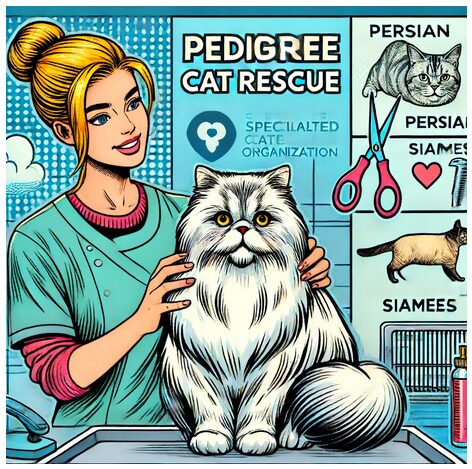
Overview
Pedigree cat rescue organizations focus on rescuing and re-homing purebred cats. These organizations often work with breed-specific rescues, providing specialized care and matching cats with adopters who appreciate and understand the breed’s unique characteristics.
Advantages
- Breed-Specific Knowledge: These organizations have in-depth knowledge about specific breeds and can provide detailed information on care and behavior.
- Health Screening: Purebred rescues often perform thorough health screenings and provide medical care specific to the breed’s needs.
- Community: Adopting from a breed-specific rescue can connect you with a community of fellow breed enthusiasts and support networks.
Examples
- Maine Coon Rescue: Specializes in rescuing and re-homing Maine Coon cats.
- Siamese Cat Rescue Center: Dedicated to rescuing and re-homing Siamese cats.
- Persian and Himalayan Cat Rescue: Focuses on rescuing and re-homing Persian and Himalayan cats.
Considerations
- Adoption Fees: Fees for adopting from pedigree cat rescue organizations are typically higher due to the specialized care and medical attention provided.
- Wait Times: There may be longer wait times to adopt a specific breed due to limited availability.
Conclusion
Choosing the right adoption avenue depends on your preferences, lifestyle, and what you’re looking for in a feline companion. Shelters offer a wide variety of cats and are a great option for those looking to save a life and provide a loving home to a cat in need. Re-homing agencies provide a more personalized adoption process, often with detailed information about the cat’s history. Pedigree cat rescue organizations are ideal for those who have a preference for a specific breed and are willing to invest in the unique care these cats may require.
No matter which path you choose, adopting a cat is a rewarding experience that brings joy and companionship into your life. Take the time to research and visit different organizations, ask questions, and consider what type of cat will best fit into your home. Happy adopting!
